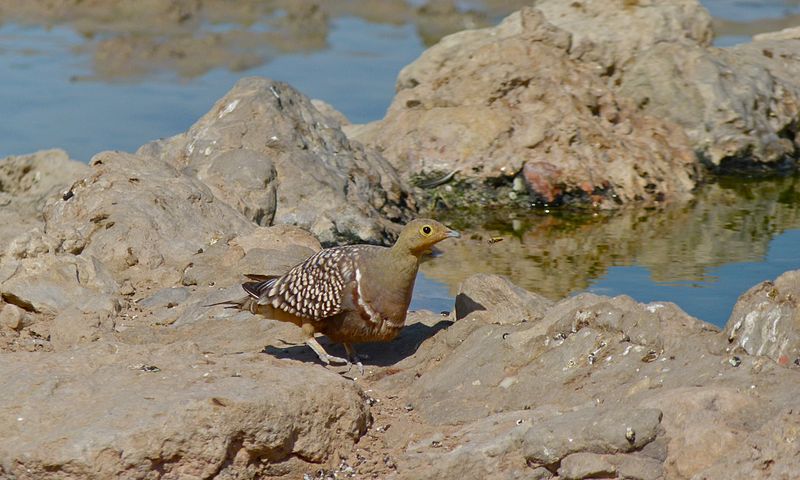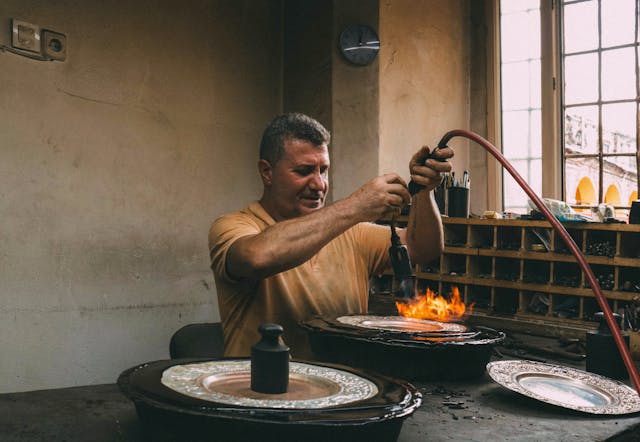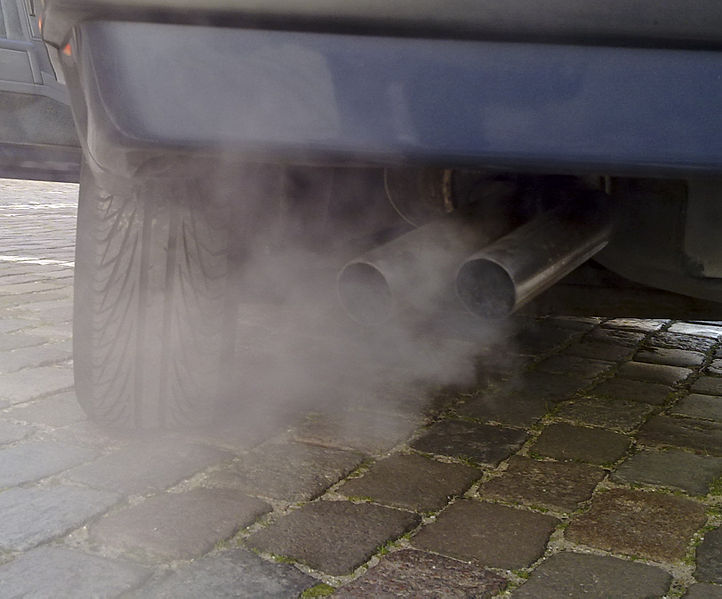Feathers are used for flight, insulation, body contour forming, sensory reception, show reception, and providing warmth and insulation.
In some water birds like ducks, feathers also prevent the bird from getting wet. Ducks have a special preen gland positioned near their tails that oozes an oil with waterproofing effects.
Feathers of the desert partridge have a unique ability to absorb and carry water
The belly feathers of the sandgrouse, especially the Namaqua sandgrouse, absorb and retain water very efficiently. These birds can fly over 20 km from a distant water source to their nest and still retain enough water in their feathers to quench the thirst of their chicks and survive in the deserts of Namibia, Botswana, and South Africa.
How do feathers help in absorbing water?
Researchers at the Johns Hopkins University and Massachusetts Institute of Technology (MIT) used high-resolution microscopes and 3D technology, to study the mechanisms that allow these birds to soak up water like a sponge. They found that their structure is determined by the blend of flexible barbules and straight barbules. These tiny hooked structures provide exceptional shape and aerodynamic integrity.
Water is absorbed in feathers because of surface tension which flexes the upright barbules and helps in retaining water. The outer barbules wrap themselves around the internal structure, which assists in keeping the water inside them. However, when the feathers are dry, these structures return to their original shape.
“It’s super fascinating to see how nature managed to create structures so perfectly efficient to take in and hold water,” said Jochen Mueller, co-author of the study.
“From an engineering perspective, we think the findings could lead to new bio-inspired creations.”
Researchers foresee that the sandgrouse’s feather structure could be adapted into artificial materials for making water out of thin air
Lorna Gibson, a co-author of the study, said, “A material with this kind of structure might be more effective at fog harvesting and holding the water.”







